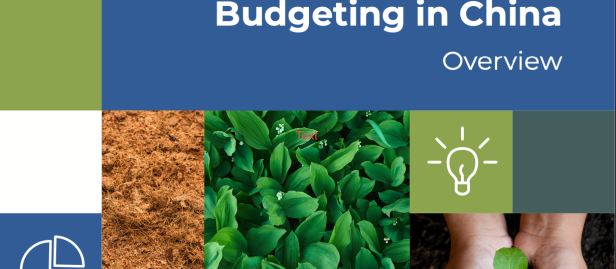Mapping the Palm Oil Value Chain: Opportunities for sustainable palm oil in Indonesia and China
Mapping the Palm Oil Value Chain: Opportunities for sustainable palm oil in Indonesia and China
March 20, 2020
Palm oil is among the most debated crop oil of our time and it fully embodies the trade-off between economic development and environmental degradation. The industry's booming expansion has triggered rapid biodiversity loss and accelerated climate change. It is the most profitable commercial crop oil and has the lowest production costs of all vegetable oils. It is also the most versatile, and is an ingredient in over half of all products in supermarkets worldwide. Indonesia and Malaysia produce around 85% of global palm oil and the largest consumers of palm oil are Indonesia, India, the EU and China. Currently, increased production of palm oil has mostly happened as a result of greater land allocation, rather than higher yields. This path of development has generated high costs in terms of its environmental impact. Deforestation, loss of biodiversity and sharp increases in greenhouse gas emissions have been among the most negative consequences of the palm oil industry’s boom in producing countries. As part of a global trend, the sector is now transforming to enhance sustainability in production as well as consumption.
The objective of this Report is to offer a mapping of the palm oil value chain, focusing on Indonesia as a producing country and China as a consumer market. The aim is to bring these two realities together, presenting the challenges and opportunities for sustainable palm oil, and identifying common ground for possible future collaboration.

 Locations
Locations



